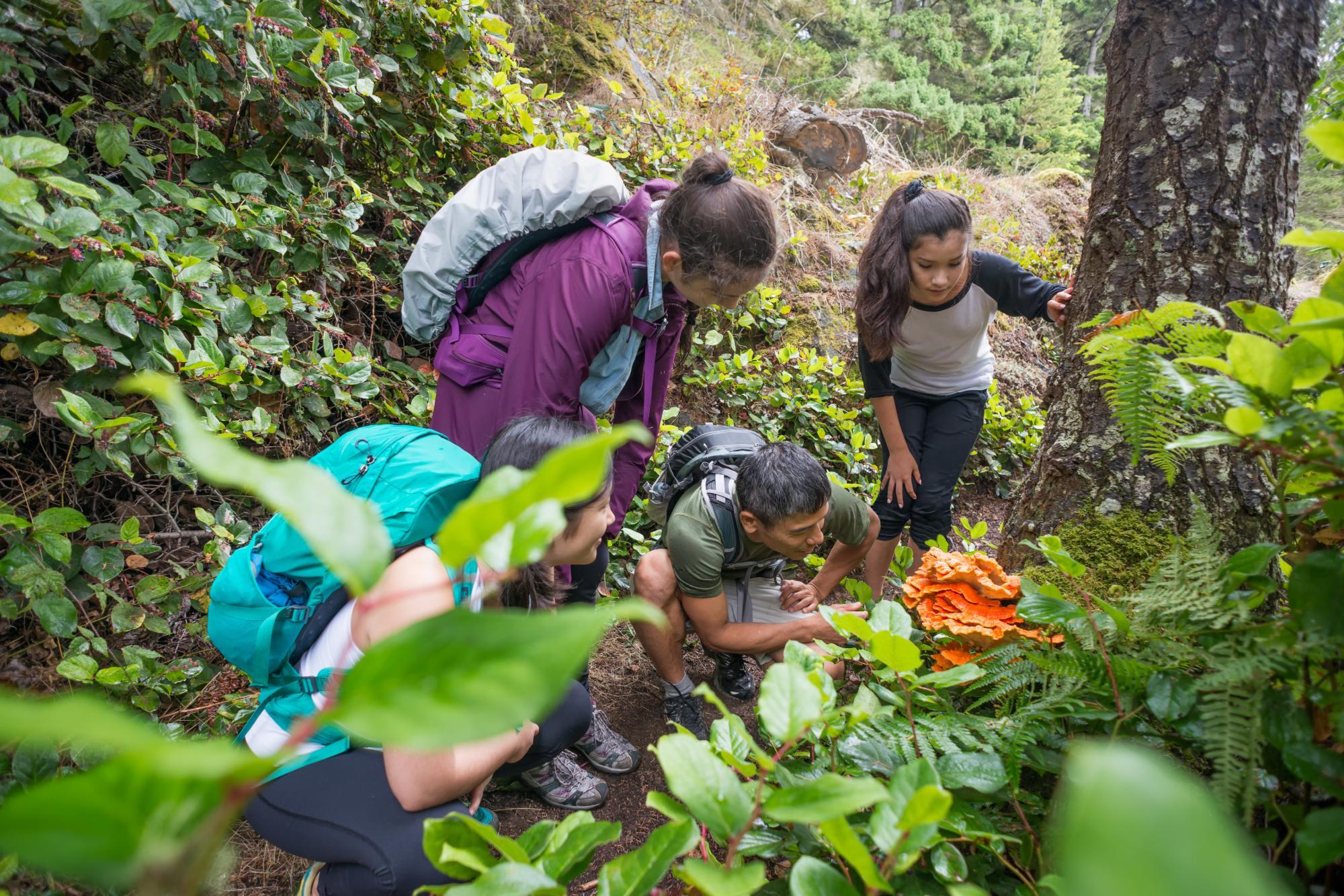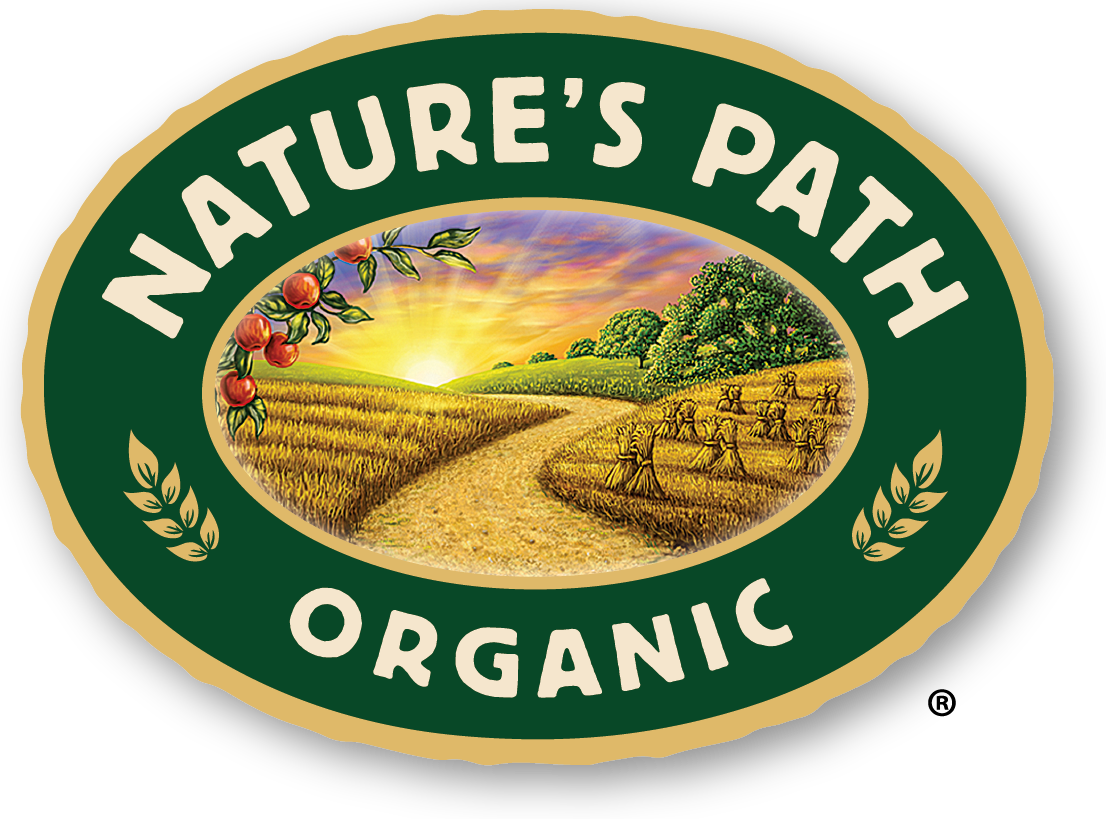
What are Forest Schools?
Forest schools are becoming an increasingly popular choice for early childhood education internationally. In fact, many traditional schools are adopting some of the values of forest schools and incorporating them into their curriculum. These schools are meant to provide learners with the opportunity to achieve confidence through hands-on experiences in an outdoor environment with trees, and are typically for the preschool to Kindergarten age range.
“Children cannot bounce off the walls if we take away the walls.”
-Erin Kenny, founder of Cedarsong Nature School
In being out in nature rather than in the confines of a classroom, children can carry out practical tasks, use their imagination, work as a team, and become more independent. Additionally, as a central component to the learning process, the child has a great amount of control over their education.
Research has shown that outdoor play, physical activity and ‘risky’ play are all excellent for child development and learning. Forest schools incorporate all of these in a natural environment and give children confidence, self-esteem and knowledge, all without the confinement of walls.
What are the components of forest school?
The idea for forest schools developed from a Scandinavian approach to outdoor learning in the 1950s that valued the importance of children’s contact with nature. This method seeks to inspire confidence and creative growth by engaging with the outdoors.The key components of the curriculum are that it is:
- Play-based: allowing children to engage and explore their surroundings while developing interests and skills
- Child-led: allows for greater amounts of choice-making and independence while learning at the rate that is appropriate for the child
- Hands-on: the freedom to create, explore, build and question by engaging with the materials
- Values sustainability: the responsibility to care for and protect the environment
How is this different from traditional school?
With the obvious difference being location (classroom vs. outdoors) there are quite a few differences rooted in the philosophy and educational approach to outdoor learning. Without being curriculum driven, the children are exposed to many subjects and disciplines such as science, math, art, literature and physical education. In a forest school, there is more of an emphasis on the learning process than overall performance. Additionally, learners are central to their education and a teacher’s role is more one of guidance rather than instruction. Similar to some educational methods, such as a Montessori style, this method of education removes the teacher as an instructor and tester, and more of one who guides and facilitates the child’s educational process.What are the benefits of forest schools?
While the benefits of forest schools in early childhood education have only recently begun to be researched, many studies have come to similar conclusions. These conclusions include that a child’s ability to explore and learn in an outdoor environment increases confidence, self-belief and learning capacity, all while increasing their ability to communicate effectively and problem-solve. Additionally, the child develops as a whole with a benefit to the individual’s emotional well-being.Would you like to be the first to hear about our new products and more? Sign up for our Nature’s Path Newsletter.

